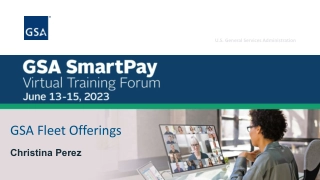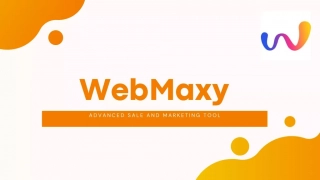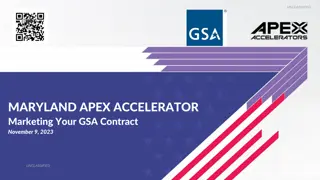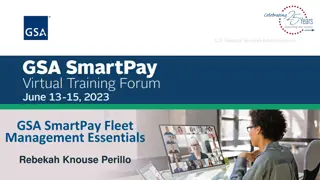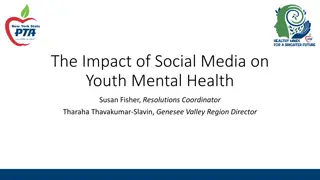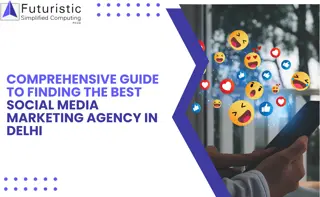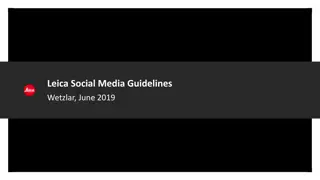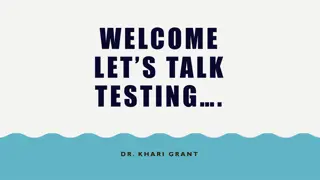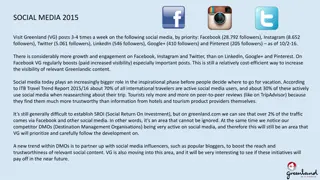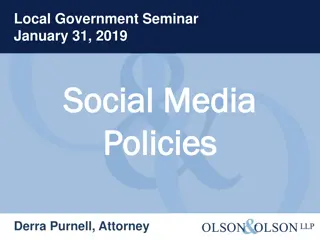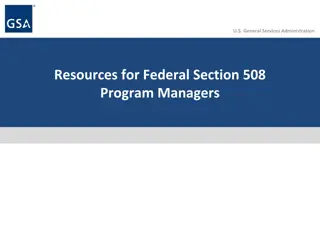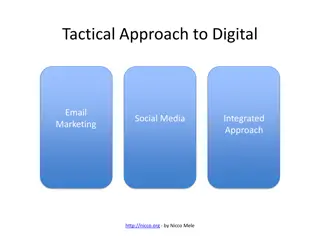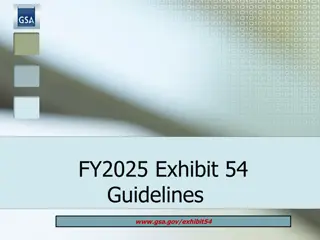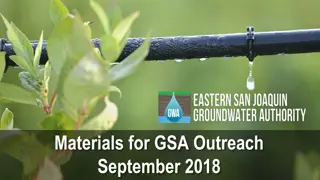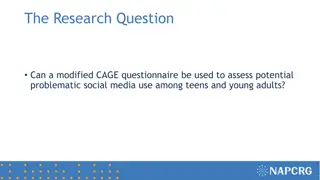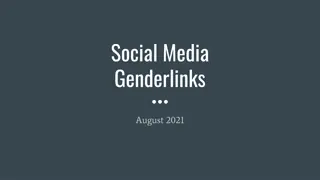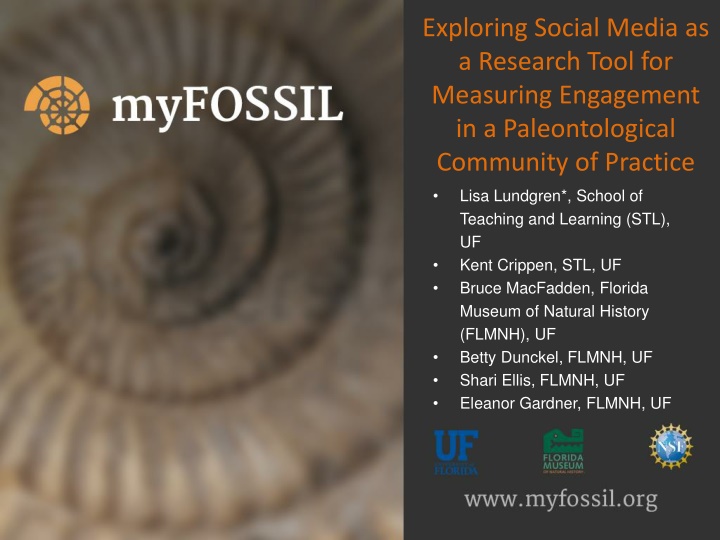
Measuring Engagement in Paleontological Community through Social Media Research
Exploring the use of social media tools such as Twitter and Facebook to measure engagement in a Paleontological Community of Practice. The study focuses on understanding which social media components are most engaging, for whom, and under what conditions. It delves into the theoretical framework, research questions, and how the FOSSIL project utilizes Twitter and Facebook for engagement metrics.
Download Presentation

Please find below an Image/Link to download the presentation.
The content on the website is provided AS IS for your information and personal use only. It may not be sold, licensed, or shared on other websites without obtaining consent from the author. If you encounter any issues during the download, it is possible that the publisher has removed the file from their server.
You are allowed to download the files provided on this website for personal or commercial use, subject to the condition that they are used lawfully. All files are the property of their respective owners.
The content on the website is provided AS IS for your information and personal use only. It may not be sold, licensed, or shared on other websites without obtaining consent from the author.
E N D
Presentation Transcript
Exploring Social Media as a Research Tool for Measuring Engagement in a Paleontological Community of Practice Lisa Lundgren*, School of Teaching and Learning (STL), UF Kent Crippen, STL, UF Bruce MacFadden, Florida Museum of Natural History (FLMNH), UF Betty Dunckel, FLMNH, UF Shari Ellis, FLMNH, UF Eleanor Gardner, FLMNH, UF
Theoretical Framework Characteristic Definition (Wenger, 2002) FOSSIL CoP Domain of Knowledge The area of interest Understanding the natural world through the collection, preparation, curation and study of fossils and the science of paleontology. Community of People People who care about the domain; "the social fabric of learning"(p. 28) Fossil group members Fossil enthusiasts Professional paleontologists Professional science educators Shared Practice "a set of frameworks, ideas, tools, information, styles, language, stories and documents that community members share"(p. 28) Inquiry Social Learning Field Trips Collection Preparation Identification Digitization Outreach "a set of socially defined ways of doing things in a domain: a set of common approaches and shared standards that create a basis for action, communication, problem solving, performance and accountability."(p. 38)
Research Question Which social media components are most engaging, for whom, and under what conditions?
Social Media Tools 1. 2. 3.
FOSSIL Project Twitter Tweets Following Followers 640 148 580 How does FOSSIL use Twitter? Retweeting important paleo news Informing followers of upcoming FOSSIL events Sharing photos & interesting information learned at conferences, field trips, & meetings
How FOSSIL defines Engagement for Twitter Levels of Engagement 1. No Interaction User scrolls past post 2. Favoriting a message Indication of interest in content Wanting a post to show up in own Twitter feed Post appears in own feed with person s thoughts 3. Retweeting a message 4. Retweeting a message & adding own commentary
FOSSIL Project Facebook 2,113 likes as of October 2015 How does FOSSIL use Facebook? Creating novel content which informs likers of upcoming FOSSIL events Sharing photos & interesting information learned at conferences, field trips, & meetings Posting paleontological news stories featuring amateur or professional paleontologists Posting resources for k-12 teachers, such as links to websites with lesson plans
How FOSSIL defines Engagement for Facebook Levels of Engagement 1. No Interaction User scrolls past post 2. Liking a post User clicks like 3. Sharing a post User includes post on own or another s timeline 4. Commenting on a post User adds own thoughts to a post
Findings: Levels of Engagement on Facebook FOSSIL Project Facebook Engagement Levels, May 2014 - May 2015 70 60 50 40 Likes 30 Comments Shares 20 10 0 MARP1-M MARP2-M MARP3-M MARP4-M LAP1-A LAP3-A JYP2-A LJYP2-A AP2-M LMAY3-A SP1-N SP3-N SP2-N LMAY1-M LMP2-A LJEP1-N NOVP1-M LDECP2-A LMP3-N LMP1-M LJEP2-M JEP1-M LJEP4-M LJYP3-M OCP3-A LOCP1-A LNOVP3-M LNOVP2-M DECP1-M LFEBP2-M LFEBP3-M FEBP3-M LAPRP1-M LAPRP2-M LDECP3-M JANP2-M LOCP3-M LJANP2-M LJANP3-M
Most Engaged with: News Post Contains information about current happenings in paleontology; links to a news website or other social media page
Findings: Summary Post types Most engagement: News Least engagement: Opportunity Most engagement is low in the form of likes SOLUTION: Create posts more relevant to our user base Community feedback via focus group Fossil ID posts & posts about upcoming events
Further Research Do social media personas (e.g. lurkers, average users, or advanced users) influence the ways in which the FOSSIL CoP engage in social paleontology? Creating interview protocols & focus groups from random sampling of social media users to understand their social media desires
Join us in social paleontology! facebook.com/th efossilproject twitter.com/proj ectfossil community.myfossil. org THANKS! QUESTIONS?

